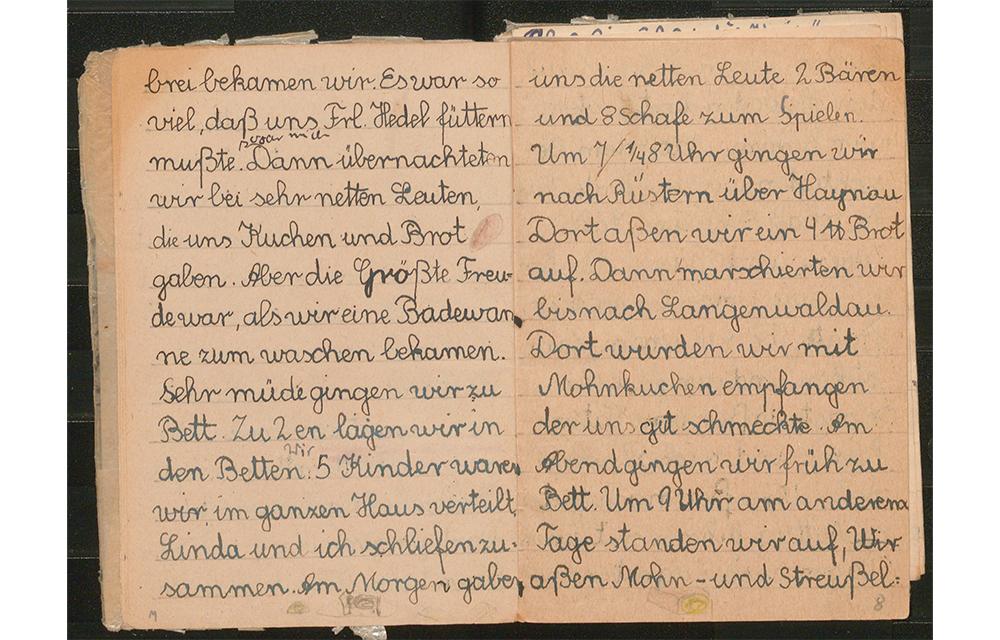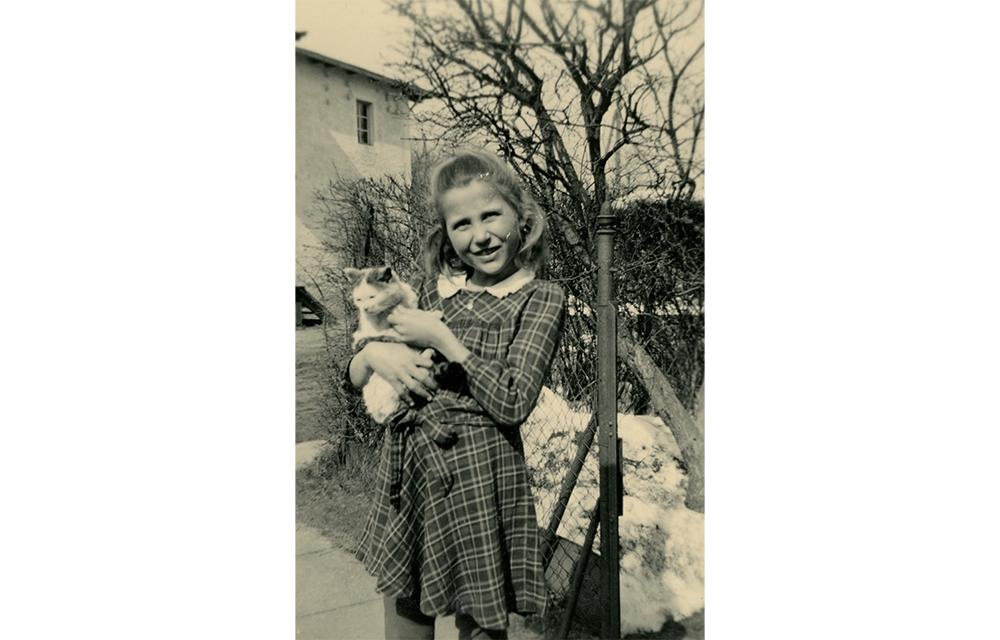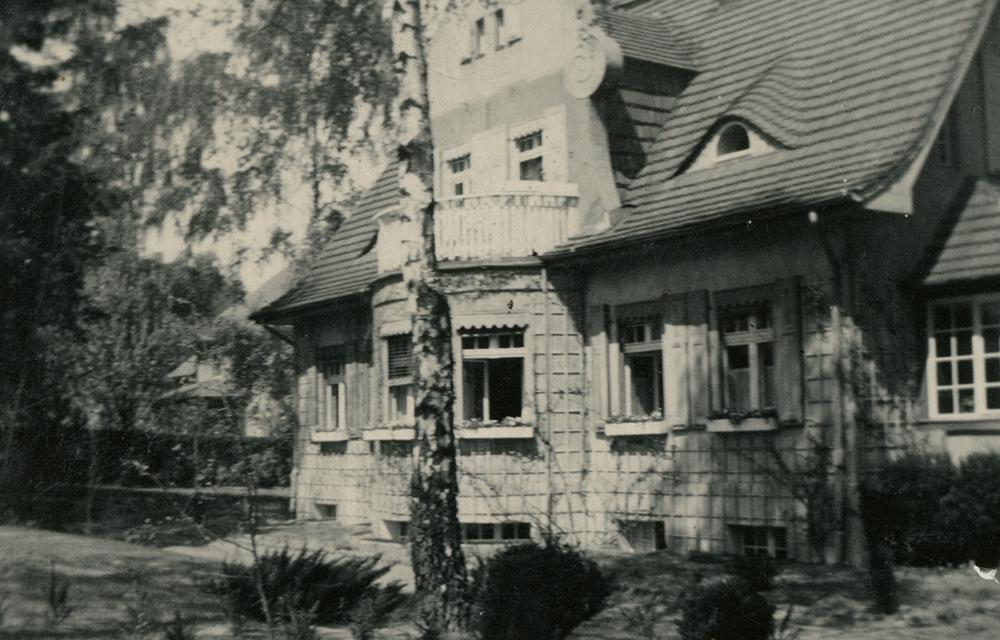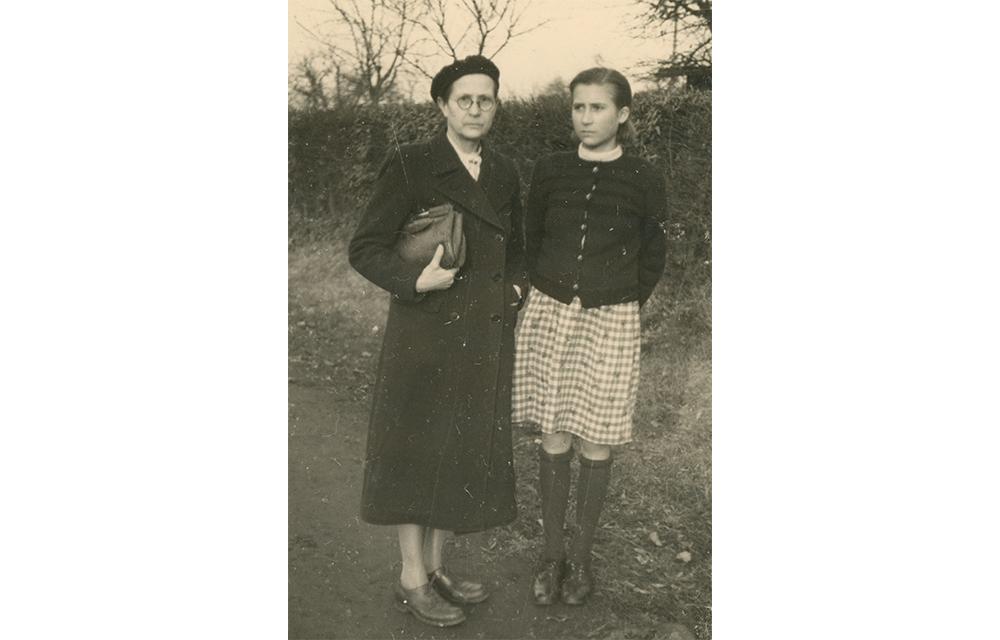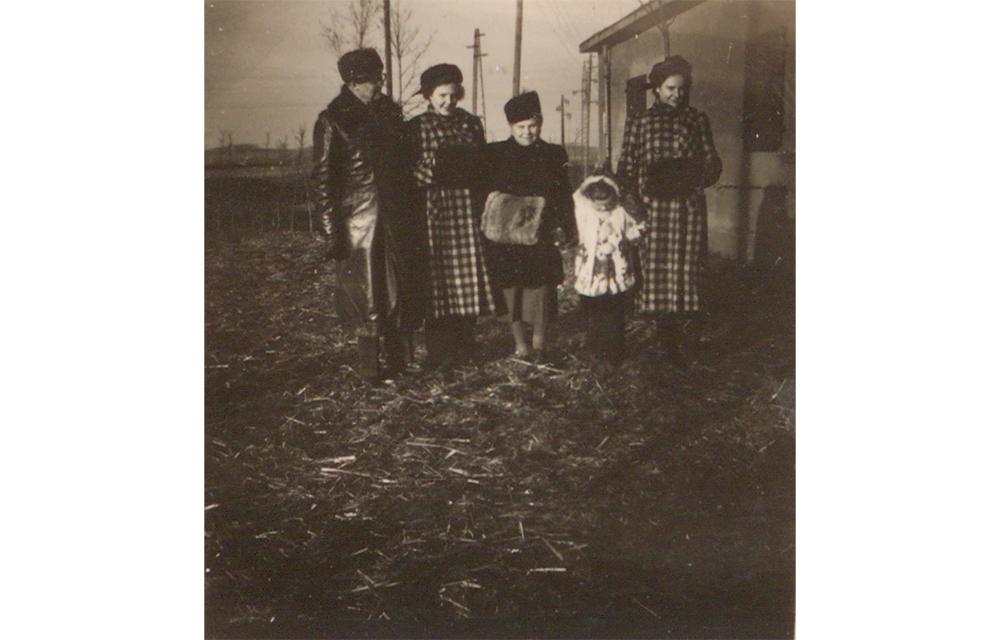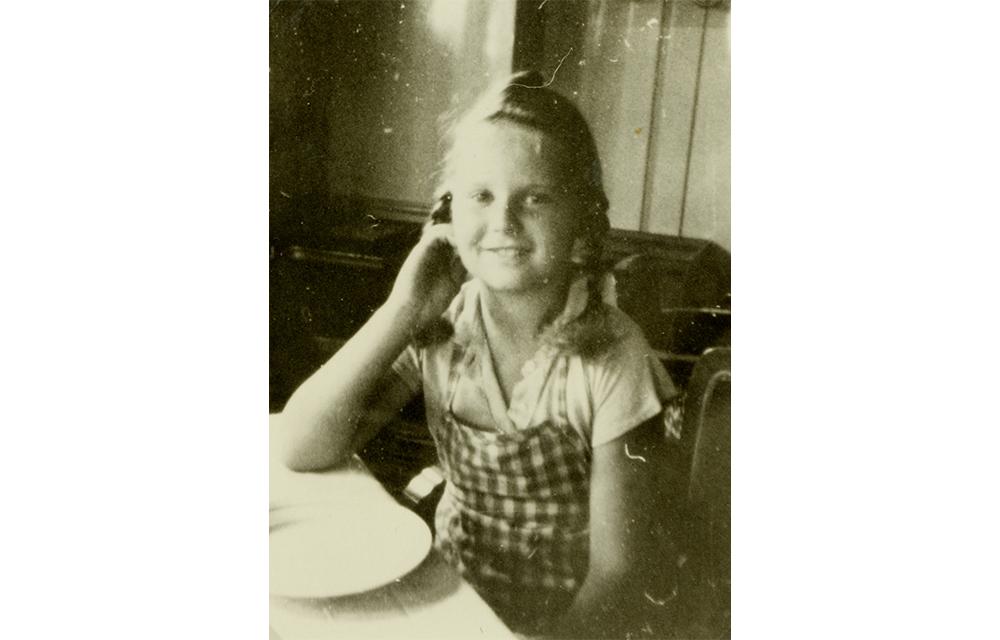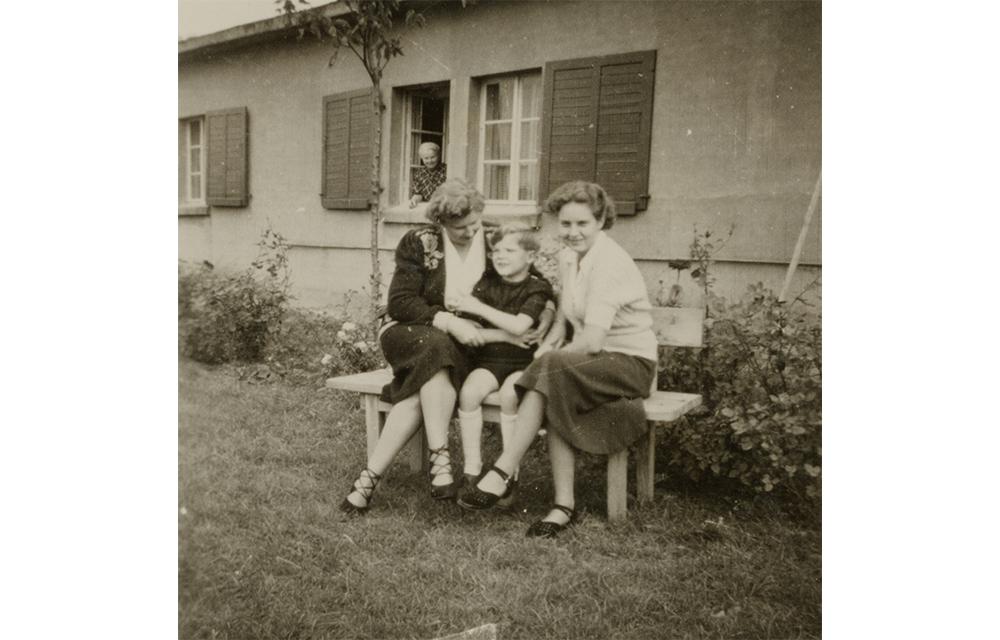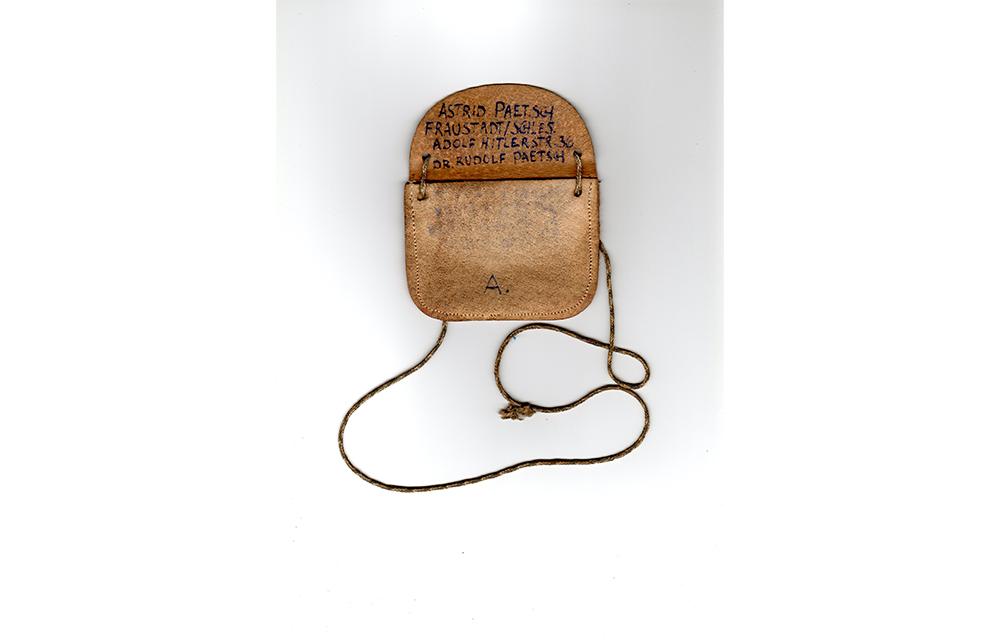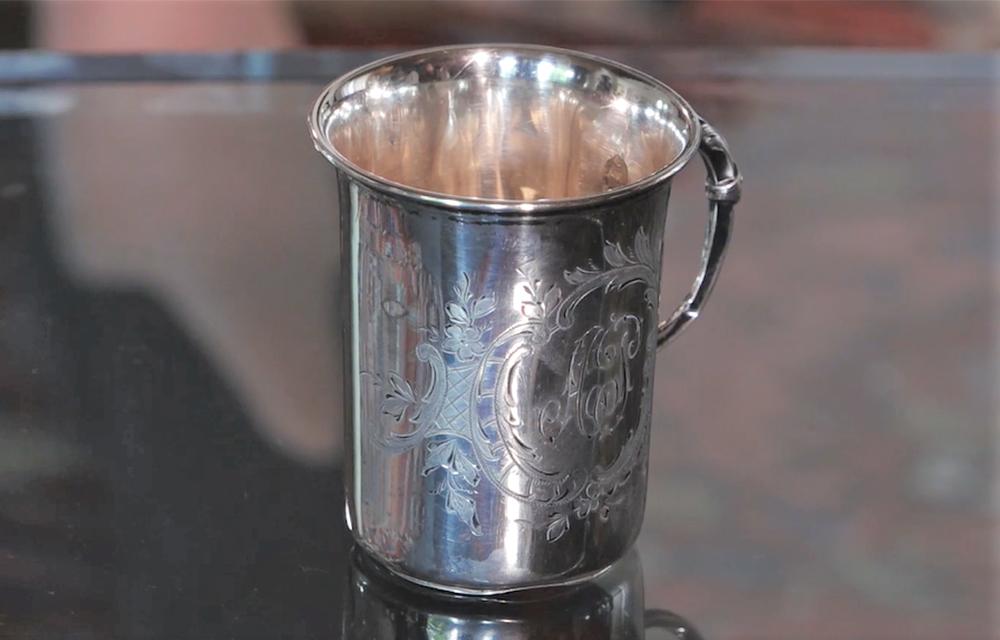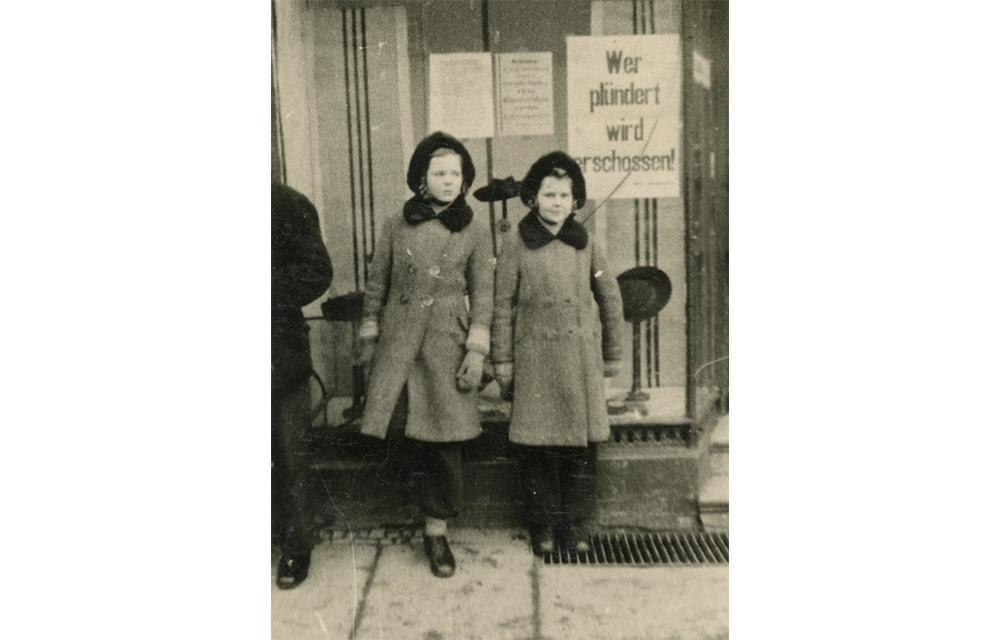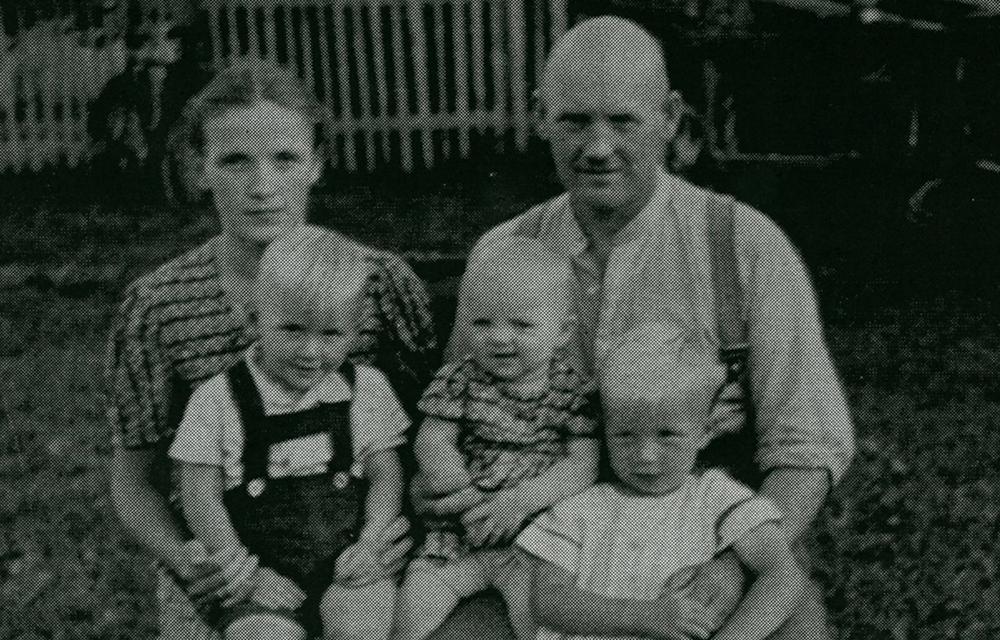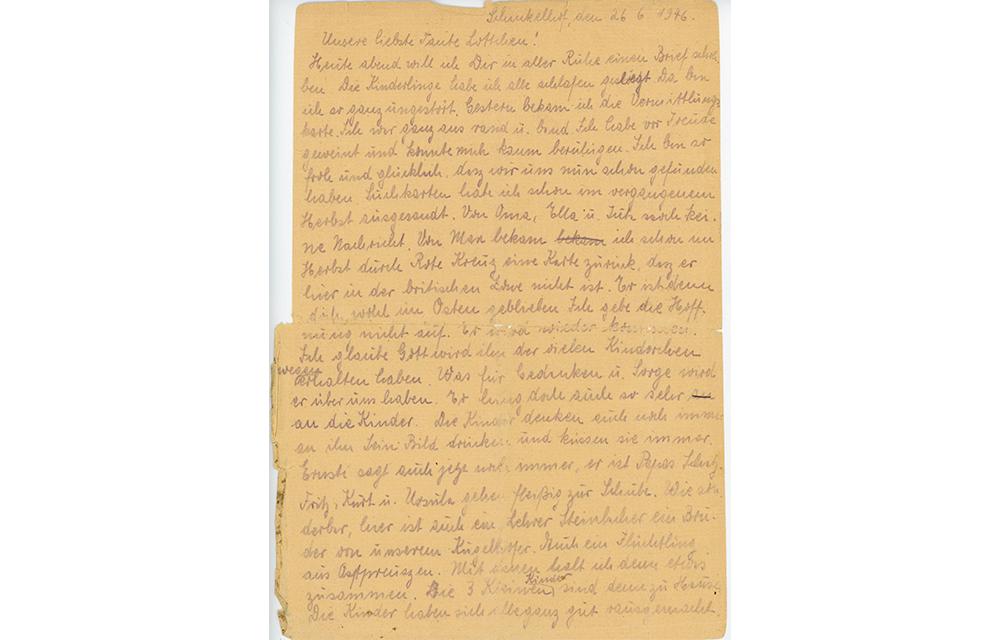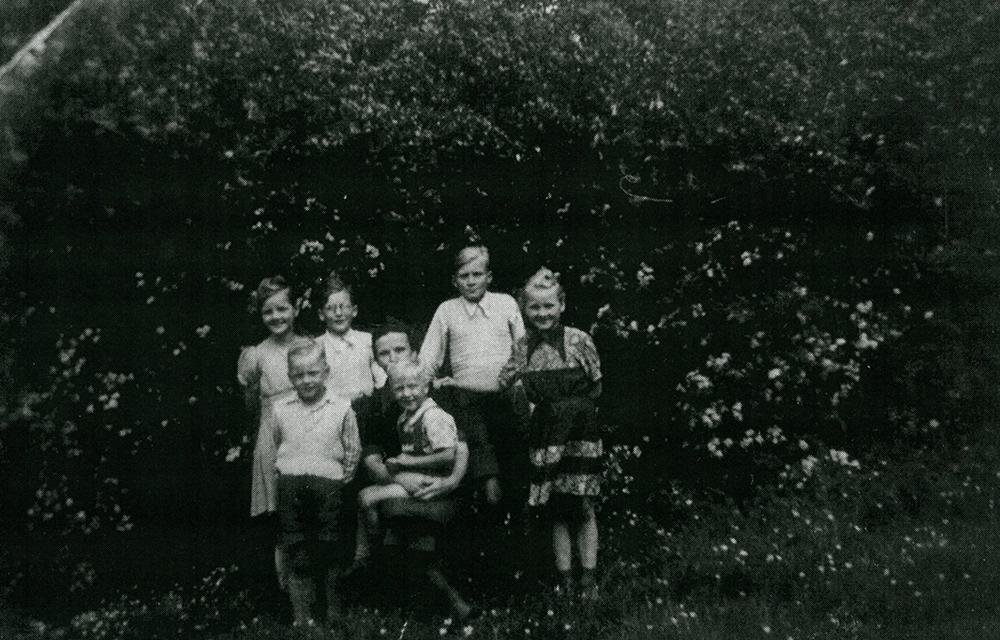
STORIES OF DISPLACEMENT
We collect stories of displacement, diaries, letters, photos and other documents, thus permanently preserving these important testimonies of displacement and expulsion. We have already received over 800 unpublished personal accounts of forced migration and life-history recollections from private sources in recent years. They are available in our reading room.
Have you or someone in your family also experienced displacement or expulsion? Share your story with us.
Contact
E-Mail: geschichten@f-v-v.de
Phone: + 49 30 206 29 98-23
